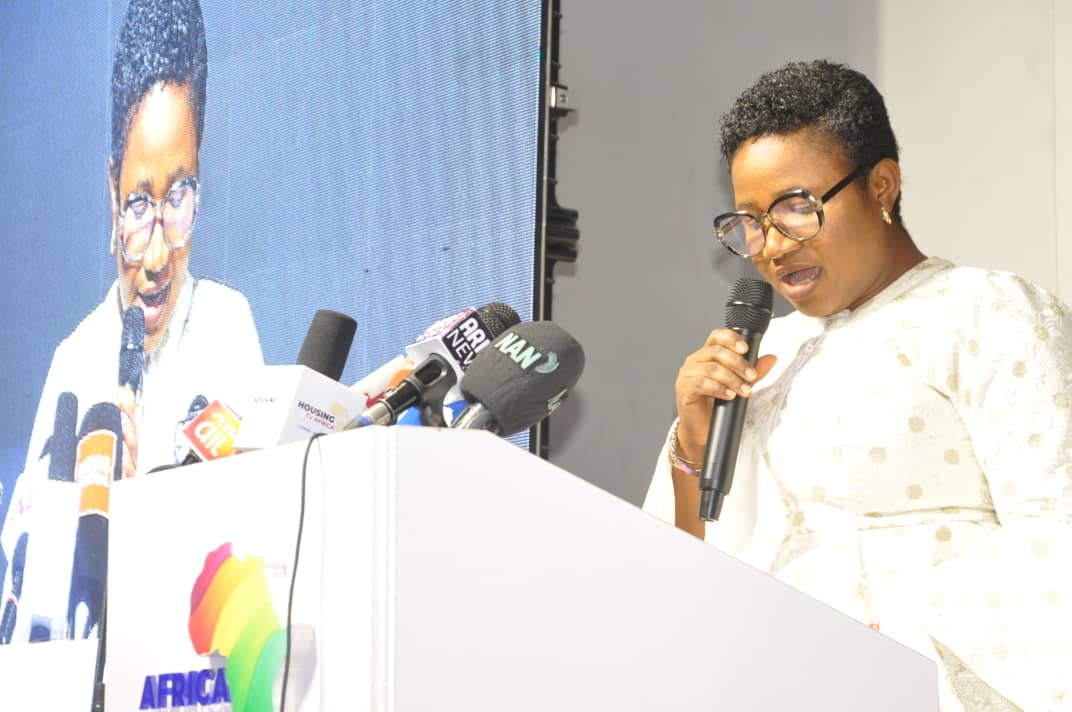Feature
Struggling To Merge Your 9-5 Status As A Reporter With Freelancing? You Should Know These Rules

In today’s fast-paced world, the idea of working a traditional 9-5 job while also dabbling in freelance gigs has become a common trend, especially in the media industry. Many reporters are looking to balance their full-time newsroom responsibilities with the flexibility that freelancing offers. But the reality is, merging a 9-5 career with freelancing is not as easy as it seems. It comes with its unique set of challenges that can leave you feeling overwhelmed if not handled properly.
If you are a reporter looking to make the leap from your full-time job to freelancing, or if you want to keep both worlds in harmony, there are some key rules you should follow to navigate this tricky balance. Below, we’ll explore these essential rules to help you merge your career as a reporter with freelancing successfully.
1. Understand the Importance of Time Management
The first thing you need to understand when balancing your 9-5 with freelancing is the importance of time management. As a full-time reporter, your day is likely packed with deadlines, interviews, meetings, and story pitching. Add freelancing into the mix, and suddenly your schedule becomes even tighter. The ability to manage your time efficiently is crucial.
Start by creating a clear schedule that breaks down your day into blocks of time for both your full-time job and freelance work. Be realistic about how many freelance assignments you can take on without burning out. It’s important to give yourself enough breathing room to complete your 9-5 work while also dedicating adequate time to freelancing. Tools like Google Calendar, Trello, or even a physical planner can help you organize your tasks.
Remember, time management doesn’t just mean setting aside time for work. It’s also about allocating time for rest. Don’t fall into the trap of overworking yourself, as this will lead to burnout and may negatively impact both your freelance projects and your primary job.
2. Set Clear Boundaries
As a reporter, especially if you work in an office or a newsroom, it’s easy to feel like you are always on the clock. Similarly, freelancing requires your attention, often pulling you in all directions. Setting clear boundaries is essential to avoid conflict between your 9-5 job and freelance work.
When it comes to your full-time job, be clear with your employer about the hours you are available and any limitations regarding freelance work. Depending on your workplace policies, freelancing may or may not be allowed during work hours. If freelancing is allowed, set strict boundaries to ensure that you do not compromise your main duties. If necessary, communicate with your supervisor about your freelance goals and make sure they are aware of any potential impact on your schedule.
For freelancing, set boundaries around how much work you will take on at a time. Don’t be afraid to say no to opportunities that you can’t realistically handle without jeopardizing your main job.
3. Keep Your Freelance Work Separate
One of the biggest mistakes freelancers make when balancing full-time jobs with side gigs is mixing up their freelance work with their main responsibilities. This can be a recipe for disaster, leading to missed deadlines, confusion, or even conflicts of interest.
To avoid this, keep your freelance work separate from your 9-5 role. Consider creating different workspaces, whether that’s a physical workspace or a digital one. Set up a dedicated email address for your freelance projects, separate from your main work email. You can also set up a specific folder or system to organize your freelance projects so they don’t get mixed up with your full-time work tasks.
Keeping a clear divide helps maintain professionalism in both jobs. When you work on your freelance projects, focus entirely on them. When you are working your full-time job, be fully engaged in your reporting duties. Mixing the two can lead to distractions and mistakes.
4. Know Your Priorities
One of the biggest struggles when merging a 9-5 job with freelancing is knowing when to prioritize one over the other. There will be times when your full-time job requires extra attention, such as meeting an urgent deadline or covering a breaking news story. Likewise, your freelance clients may give you short deadlines or high-pressure assignments.
At times like these, you’ll need to assess your priorities and make a decision based on what matters most. Always take into account deadlines, the importance of the work, and your mental and physical well-being.
If you’re struggling with too many deadlines, communicate with both your employer and your freelance clients. Be honest about your workload and ask for extensions when needed. In many cases, clients will understand if you provide them with realistic expectations.
5. Understand Conflict of Interest
When you’re a reporter working full-time and also freelancing, you need to be aware of potential conflicts of interest. Freelancing often involves working for different media outlets, while your full-time job may restrict the kinds of projects or clients you can take on.
It’s crucial to check with your employer about any clauses in your contract regarding freelance work, especially if you’re working for a direct competitor or writing on the same topics you cover in your 9-5 job.
Being transparent about your freelance assignments with your employer can help avoid any conflicts of interest that could affect your reputation or job security.
6. Set Financial Goals and Track Earnings
Managing finances can become tricky when you’re juggling a full-time job and freelancing. As a reporter, you likely receive a fixed salary, but your freelance income can vary from month to month. Setting clear financial goals for both your full-time and freelance work will help you stay on top of your earnings and manage your expenses.
Consider creating a separate bank account for your freelance earnings, so you can track how much money you’re making outside of your 9-5. Additionally, set aside a portion of your freelance income for taxes, as freelancing typically involves paying self-employment taxes.
By tracking your earnings and setting realistic financial goals, you’ll have a clearer picture of how much you need to work in both your full-time and freelance roles to meet your financial objectives.
7. Embrace Flexibility
Freelancing is one of the most flexible careers, allowing you to work from anywhere and at any time. However, when you have a full-time job, flexibility can be both a blessing and a curse. While freelancing allows you to set your own schedule, it also means you may have to work nights and weekends to meet deadlines, which could interfere with your 9-5 job.
Instead of trying to maintain rigid work hours for both roles, embrace flexibility. Be open to adjusting your schedule as necessary. If you’re behind on freelance work, for example, consider working late into the evening or dedicating your weekends to complete assignments. On the other hand, if your full-time job demands more attention one week, be flexible with your freelance commitments.
8. Make Time for Yourself
Working a full-time job and freelancing can easily lead to burnout. When you’re constantly moving from one task to another without giving yourself time to recharge, it can take a toll on your physical and mental health.
Make it a priority to set aside time for yourself. Whether it’s taking a walk, meditating, spending time with family, or simply catching up on sleep, your well-being should always come first. This helps you stay energized, focused, and ready to take on both your reporting job and freelance assignments.
9. Build a Support System
Finally, as you balance your 9-5 and freelancing, it’s essential to have a support system in place. Whether it’s friends, family, colleagues, or other freelancers, a support network can offer advice, encouragement, and even practical help when you need it.
Surround yourself with people who understand the challenges of freelancing and working a full-time job. Having someone to lean on during stressful times can make the journey much easier.
Merging your full-time job as a reporter with freelancing can be rewarding, but it requires careful planning, time management, and a clear understanding of your priorities. By setting boundaries, staying organized, and embracing flexibility, you can successfully navigate the challenges of working two jobs while maintaining a healthy work-life balance. Remember, the key is to make it work for you—don’t let the pressure of balancing both worlds overwhelm you. You can build a successful career as both a reporter and a freelancer by following these simple rules.
-

 Security2 days ago
Security2 days agoAir Chief orders higher vigilance, commits to modernised air power strategy
-

 NUJ FCT13 hours ago
NUJ FCT13 hours agoNUJ FCT 2025 carol hails Journalists for truth, peace, development
-

 News13 hours ago
News13 hours agoAfrica faces 130m housing deficit by 2030, $1.4trn in finance gap, minister warns
-

 News13 hours ago
News13 hours agoHousing sector: HDAN vows Zero Tolerance for Scammers, pledges vigilant oversight for professional excellence
-

 News1 day ago
News1 day agoDiesel shortage disrupts telecom services in parts of Abuja — NCC
-

 News1 day ago
News1 day agoGrace Ike makes strong case for journalists’ housing at Africa Housing Awards 2025
-

 World News9 hours ago
World News9 hours agoNamibia to tackle 88% urban informal settlements — Sankwasa
-

 News6 hours ago
News6 hours agoMOFI CEO Takang wins Housing Finance Personality of the Year 2025














